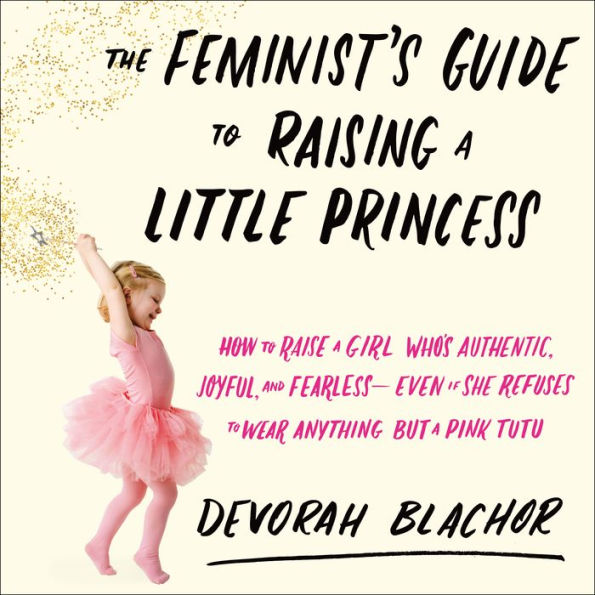10/02/2017
Essayist Blachor cobbles together her haphazardly constructed nonfiction debut from a selection of 14 humorous and satirical essays originally published in venues such as the New York Times and the Huffington Post. Their shared theme is the quandary faced by feminist moms in the form of the hyperfeminine, hypercommercialized “princess culture” promoted to little girls by Disney and mainstream American culture in general. Ongoing sections in each chapter include “Interesting Little Princess Facts,” which highlights disturbing aspects of princess culture (such as that “Tiana is the only Disney princess with a job”), and “Femtastic Godmother,” in which traditional fairy tales are given uninspired feminist rewrites. A long final section of interviews with 16 young women and former “little princesses” is meant to reassure, but should have been winnowed down to only the most insightful answers. Blachor is not empathetic enough to give relatable parenting advice, not enough of a sociologist to delve into cultural trends, and not funny enough to have this much of her work on a fairly narrow topic presented all in one place. This collection provides a few chuckles, but overall, its potpourri of approaches to the princess problem fails to convince. Agent: Jody Kahn, Brandt & Hochman Literary Agents. (Nov.)
Devorah Blachor, an ardent feminist, never expected to be the parent of a little girl who was totally obsessed with the color pink, princesses, and all things girly. She wasn't sure how to reconcile the difference between her parental expectations and the reality of her Disney-worshiping three-year-old daughter.
Offering insight, advice, and plenty of humor and personal anecdotes, this mother shares her story of how she surrendered control and opened up-to her Princess Toddler, to pink, and to life. She addresses important issues such as how to raise a daughter in a society that pressures girls and women to conform to an unrealistic beauty ideal, and how to let her daughter feel free to be her authentic self.
"1125903099"
Offering insight, advice, and plenty of humor and personal anecdotes, this mother shares her story of how she surrendered control and opened up-to her Princess Toddler, to pink, and to life. She addresses important issues such as how to raise a daughter in a society that pressures girls and women to conform to an unrealistic beauty ideal, and how to let her daughter feel free to be her authentic self.
The Feminist's Guide to Raising a Little Princess: How to Raise a Girl Who's Authentic, Joyful, and Fearless--Even If She Refuses to Wear Anything but a Pink Tutu
Devorah Blachor, an ardent feminist, never expected to be the parent of a little girl who was totally obsessed with the color pink, princesses, and all things girly. She wasn't sure how to reconcile the difference between her parental expectations and the reality of her Disney-worshiping three-year-old daughter.
Offering insight, advice, and plenty of humor and personal anecdotes, this mother shares her story of how she surrendered control and opened up-to her Princess Toddler, to pink, and to life. She addresses important issues such as how to raise a daughter in a society that pressures girls and women to conform to an unrealistic beauty ideal, and how to let her daughter feel free to be her authentic self.
Offering insight, advice, and plenty of humor and personal anecdotes, this mother shares her story of how she surrendered control and opened up-to her Princess Toddler, to pink, and to life. She addresses important issues such as how to raise a daughter in a society that pressures girls and women to conform to an unrealistic beauty ideal, and how to let her daughter feel free to be her authentic self.
23.49
In Stock
5
1

The Feminist's Guide to Raising a Little Princess: How to Raise a Girl Who's Authentic, Joyful, and Fearless--Even If She Refuses to Wear Anything but a Pink Tutu

The Feminist's Guide to Raising a Little Princess: How to Raise a Girl Who's Authentic, Joyful, and Fearless--Even If She Refuses to Wear Anything but a Pink Tutu
FREE
with a B&N Audiobooks Subscription
Or Pay
$23.49
$24.99
23.49
In Stock

Editorial Reviews
Product Details
| BN ID: | 2940170348756 |
|---|---|
| Publisher: | HighBridge Company |
| Publication date: | 11/07/2017 |
| Edition description: | Unabridged |
Videos

From the B&N Reads Blog
